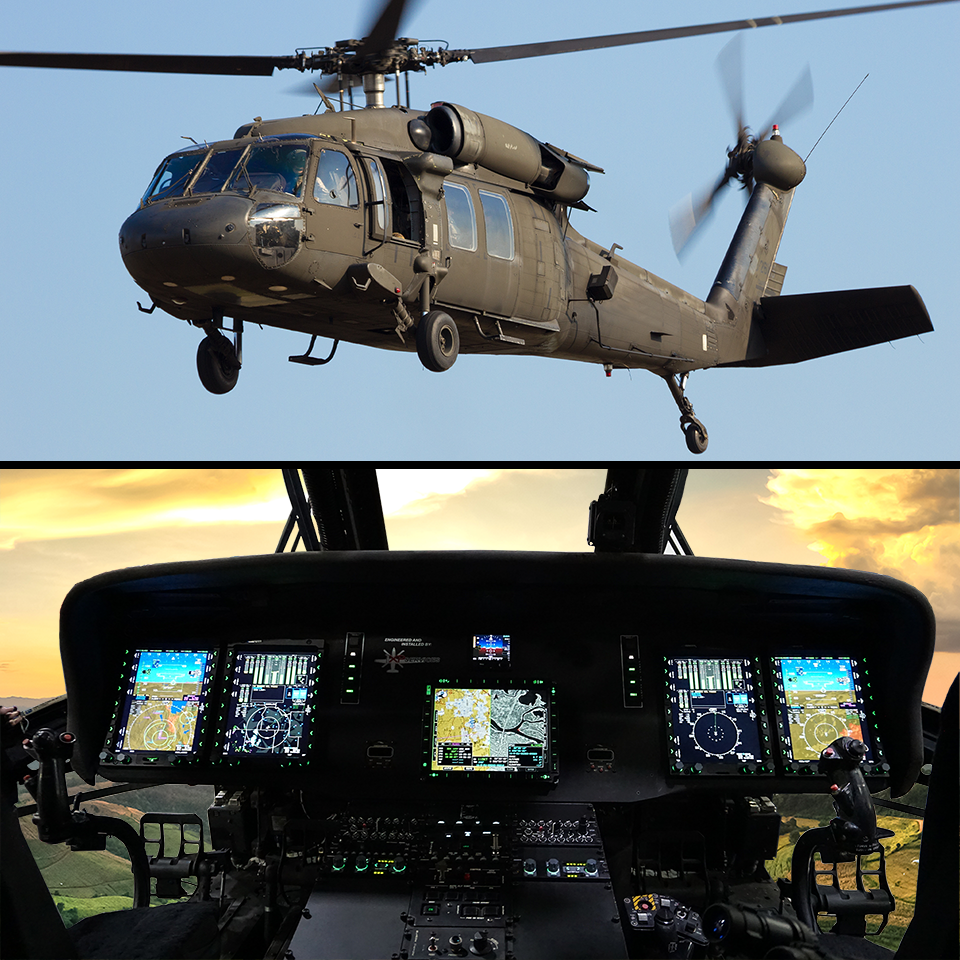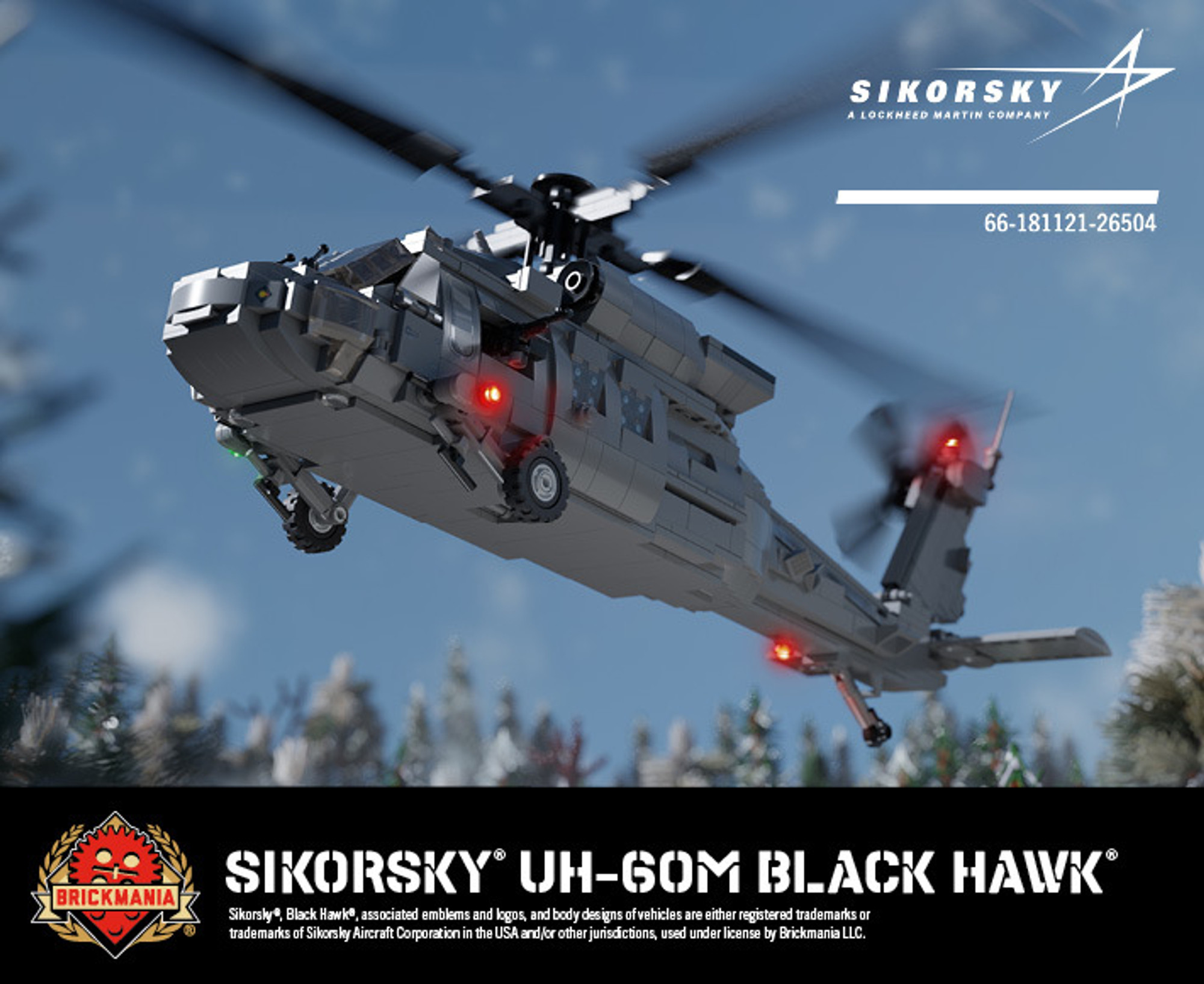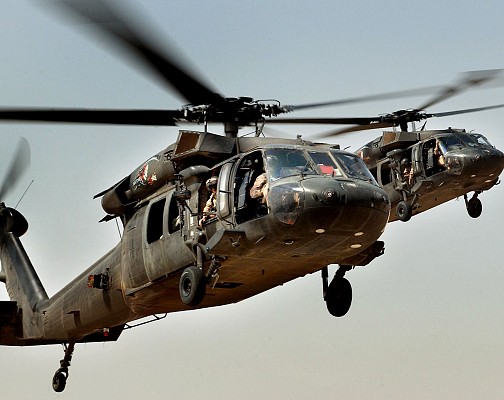Everything You Required to Understand About the UH 60 Helicopter
The UH-60 helicopter, a cornerstone of U.S. Army aviation since its debut in 1979, represents a remarkable blend of design and functional flexibility. As armed forces demands develop, so as well does the helicopter, with recurring advancements aimed at improving its abilities and incorporating modern-day innovations.
History of the UH-60
Developed in the late 1970s, the UH-60 Black Hawk helicopter became a feedback to the U.S. Army's requirement for a flexible utility helicopter that might execute a selection of missions under difficult problems. The inspiration for its layout was the shortcomings recognized in the earlier helicopters made use of during the Vietnam Battle, particularly in regards to survivability, speed, and maneuverability.
The Black Hawk was made by Sikorsky Aircraft, incorporating advanced technologies and materials to enhance its performance and toughness. It was formally introduced into service in 1979, quickly ending up being a crucial asset for military operations - uh 60. Its capacity to move soldiers, medical evacuation, and logistical assistance in both fight and humanitarian missions made the Black Hawk a vital element of the U.S. Military's air travel fleet
Throughout the decades, the UH-60 has actually been continually updated, adapting to the changing nature of war and the advancing demands of modern-day army procedures. Its functional background consists of engagement in major conflicts, peacekeeping goals, and catastrophe relief initiatives, solidifying its credibility as a reliable and trustworthy helicopter in various environments worldwide.

Layout and Requirements
The design of the UH-60 Black Hawk helicopter constantly reflects a dedication to operational performance and flexibility. Developed by Sikorsky Airplane, this medium-lift utility helicopter includes a sleek, wind resistant fuselage that boosts speed and ability to move. Its tandem blades system, characterized by 2 counter-rotating blades, decreases resonance and boosts lift ability, permitting for much safer procedures in diverse atmospheres.
The UH-60 is powered by two T700-GE-701C turboshaft engines, giving a maximum speed of around 180 knots and a variety of around 400 nautical miles. Its robust airframe is constructed from sophisticated composite materials, making certain resilience while preserving a fairly low weight. The helicopter has a maximum gross weight of regarding 22,000 extra pounds, sustaining a functional haul arrangement.

Functions and Missions
A versatile system, the UH-60 Black Hawk helicopter serves a plethora of functions and missions within military procedures. Created primarily for troop transportation, it can bring approximately 11 soldiers, making it a necessary asset for fast release and logistical assistance.
Along with troop transportation, the UH-60 masters medical evacuation (MEDEVAC) objectives, outfitted with advanced medical devices to provide essential care during transportation. Its capacity to operate in diverse atmospheres boosts its performance in combat search and rescue (CSAR) operations, where swift extraction of workers is crucial.
The helicopter additionally plays a substantial duty in reconnaissance and surveillance missions, utilizing onboard sensors and equipment to gather intelligence. Its versatility extends to logistical assistance, qualified of moving products and tools to onward running bases.
In battle procedures, the UH-60 can be equipped with different weapon systems, you could try these out enabling it to offer close air support. Its multi-role ability makes the Black Hawk an important device for modern-day army pressures, adjusting effortlessly to the progressing demands of battleground scenarios and guaranteeing mission success throughout a variety of operational contexts.
Efficiency and Abilities
Understood for its robust efficiency, the UH-60 his response Black Hawk helicopter boasts remarkable abilities that enhance its functional efficiency throughout different missions. uh 60. This multi-role airplane is geared up with powerful twin-engine Turbomeca Arriel 1D1 engines, supplying extraordinary speed and ability to move, with a maximum cruise ship speed of approximately 150 knots and a functional series of around 400 nautical miles
The Black Hawk's innovative avionics and fly-by-wire control systems substantially enhance trip security and handling, allowing it to run in diverse atmospheres, consisting of unfavorable climate condition. Its versatility is additional exemplified by its capability to bring approximately 11 fully furnished soldiers or a payload of around 8,000 pounds, making it suitable for army transport, clinical discharge, and logistical support objectives.
In Addition, the UH-60 is developed for survivability, including reinforced airframes, ballistic security for team and passengers, and advanced countermeasure systems to avert dangers. The helicopter's agility and speed, integrated with its ability for rapid implementation, make it an indispensable possession in modern-day army operations, guaranteeing that it continues to be a crucial element of tactical air support and combat zone mobility.
Future Developments

One significant emphasis is the combination of advanced avionics systems, which will certainly improve situational recognition with enhanced navigating and communication capacities. This includes the possible use expert system to help pilots in decision-making and mission preparation.
In addition, future variations may include sophisticated products and design attributes to reinforce the helicopter's durability and minimize its radar signature, improving survivability in contested atmospheres.
The introduction of hybrid-electric propulsion systems is additionally on the horizon, intending to improve gas efficiency and lower logistical concerns. Such innovations can extend operational array and decrease the helicopter's ecological impact.

Verdict
The UH-60 helicopter stands for a significant innovation in armed forces aeronautics considering that its introduction in 1979. The UH-60's sustaining existence underscores its crucial function in modern military procedures and highlights the ongoing development of army air travel modern technology.
The UH-60 helicopter, a cornerstone of U.S. Military aeronautics because its launching in 1979, stands for an amazing mix of design and operational versatility. As armed forces demands evolve, so as well does the helicopter, with recurring innovations aimed at enhancing its abilities and incorporating modern-day innovations.The design of the UH-60 Black Hawk helicopter regularly shows a dedication to functional performance and convenience. Developed by Sikorsky Aircraft, this medium-lift utility helicopter features a sleek, aerodynamic fuselage that enhances speed and maneuverability.The UH-60 helicopter represents a considerable improvement in armed forces air travel considering that its intro in 1979.
Comments on “Exploring the UH 60: A Look at Its Design, History, and Role in the Armed Forces”